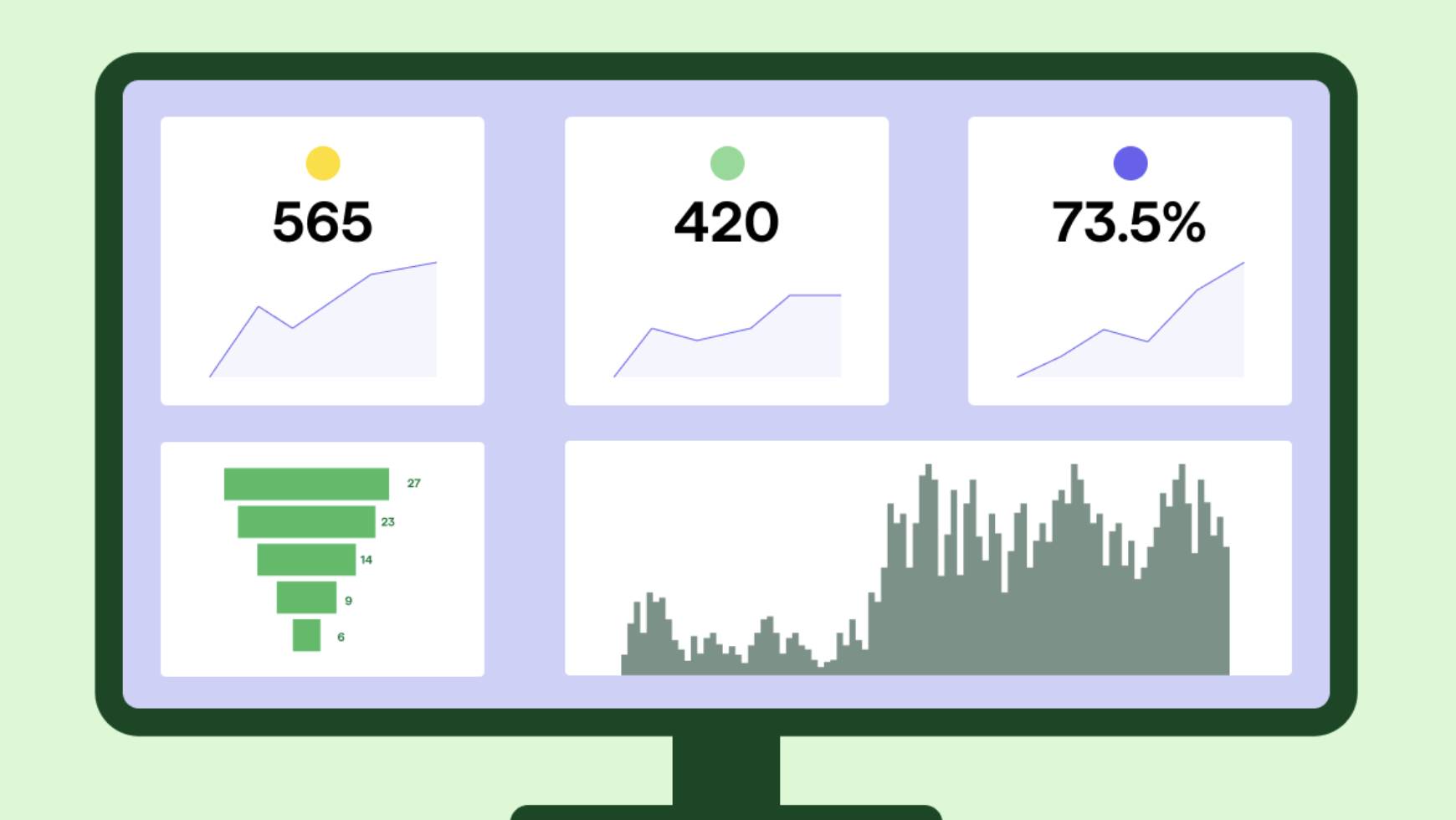An annual work plan template helps teams set clear goals, align on priorities and stay focused throughout the year.
Whether you’re managing a small business or scaling a department, a structured template brings clarity by organizing initiatives, deadlines and ownership in one centralized view.
This annual work plan template outlines what to include in your annual work plan, why it’s a critical tool for strategic execution and how to tailor a free template to match your team’s specific goals and workflows.
Key takeaways from the annual work plan template
An annual work plan helps teams break strategic goals into actionable steps with clear owners and timelines.
Planning improves focus, accountability and makes progress easier to track and communicate.
A template removes guesswork and speeds up alignment for individuals and departments.
Explore how Pipedrive connects work plans to real-time visibility and automation so teams stay aligned with a 14 day free trial.
What is an annual work plan?
An annual work plan is a strategic document that outlines your key goals, deliverables and milestones for the year ahead.
It serves as a bridge between high-level performance objectives and the daily work required to achieve them.
Setting expectations early gives teams clarity on priorities and helps them understand how their work supports broader business goals.
A strong annual work plan clearly outlines the goals to be achieved, assigns responsibility for each objective and defines measurable indicators of success.
These elements create structure, promote accountability and reduce ambiguity as projects move forward.
With well-documented priorities and ownership, teams can focus their efforts and contribute with greater clarity and confidence.
An annual work plan helps teams stay flexible. While the plan provides structure, it should be easy to adjust as priorities shift.
Regular check-ins make it easier to update deadlines, reassign tasks or change direction when needed. The balance between planning and adaptability helps teams stay focused while staying responsive to change.
Why do teams need an annual work plan to stay aligned?
A structured work plan reduces guesswork, aligns stakeholders and improves accountability.
It also encourages teams to forecast resources, risks and timelines in advance. According to Gallup (2025), only 46% of employees clearly know what’s expected of them at work.
An annual plan closes that clarity gap by spelling out priorities, owners and timelines.
Without a plan, teams often fall into reactive mode, jumping between tasks with no clear direction. A reusable template gives you a practical starting point that can be refined year after year.
For managers, a shared work plan is also a valuable communication tool. When it’s tied to business goals or employee development, it builds transparency and trust across the team.
What should I include in an employee's annual work plan template
The best templates are simple but detailed enough to support planning across functions. Whether you’re using it for an individual contributor or a whole team, include these key sections:
Section | Description |
Objectives | Define 3–5 high-level goals aligned with the company or team strategy. These goals should provide focus and direction for the upcoming year. |
Key results | List measurable outcomes tied to each objective, such as new product launches or revenue targets. These help quantify success and show whether progress is on track. |
Initiatives or tasks | Break objectives down into major projects, campaigns or deliverables. The section should outline the core work required to hit each key result. |
Owners | Assign responsibility to specific individuals or teams. Clear ownership ensures accountability and follow-through. |
Timeline | Include target deadlines and break down the year by quarters or months. It should help teams pace their efforts and prioritize effectively. |
Status | Track the progress of each item: planned, in progress or completed. A quick status check makes it easier to monitor momentum and adjust as needed. |
Metrics or key performance indicator (KPIs) | Identify specific metrics or KPIs used to evaluate progress. Ensuring consistency in how success is measured across initiatives. |
Dependencies or risks | Note any external factors, blockers or critical dependencies that could delay progress. Highlighting these early helps with proactive planning. |
Review dates | Set scheduled check-ins (e.g., quarterly) to revisit the plan. Making the plan dynamic and aligned with changing priorities. |
Notes or comments | Use this for updates, stakeholder feedback or context during execution – especially useful during review meetings or cross-functional collaboration. |
How often should an annual work plan be reviewed and updated?
An effective annual work plan should be a living document. While it sets direction for the year, quarterly reviews are essential for keeping it relevant and responsive to changing priorities.
As McKinsey’s Sven Smit notes, “a once-a-year strategy review is poorly suited to the dynamic nature of today’s business environment.”
Use these regular check-ins to evaluate progress against key deliverables, uncover potential blockers and adjust resource allocation where necessary.
They’re also an opportunity to reflect on lessons learned and correct before small issues become larger setbacks.
Make the work plan visible and collaborative. Embed it into your customer relationship management (CRM) tool, project management tool or knowledge management software so stakeholders can access it easily.
Schedule recurring team reviews to walk through updates and surface risks early.
Regular plan reviews strengthen accountability and foster adaptability, helping to keep teams aligned through periods of growth or change.
Note: In Asana’s State of Work Innovation 2024 report, workers spend 53% of their time on busywork, such as status chasing, searching for information and coordination. Keeping your annual plan centralized and visible helps cut that busywork, so more time goes to strategic execution.
How can I get stakeholder buy-in and keep our annual work plan on track
A plan only works if the team is behind it. Involve team members early so they have a hand in shaping objectives, helping build ownership and surface practical input that top-down planning might miss.
Once underway, maintain momentum with regular check-ins. These can be short monthly or bi-weekly updates tied to key milestones. Use them to track progress, adjust timelines and celebrate small wins.
Make progress visible. Share updates through dashboards or team tools and highlight achievements in leadership or all-hands meetings.
When plans are collaborative, visible and regularly reviewed, they become strategic tools for ongoing progress.
How Pipedrive supports annual work planning
Annual work plans often live in static docs, making it hard to track ownership, progress or results.
Pipedrive helps teams bring those plans to life by turning strategic goals into visual, trackable workflows. With customizable pipelines, users can map out initiatives, assign owners and define key milestones across the year.
Each stage in a pipeline report can represent parts of the annual plan, like planning, execution or review.
At the same time, custom fields track metrics, deadlines and responsibilities, making it easier to stay aligned and ensure nothing falls through the cracks.
You can assign owners, set reminders and use workflow automation to trigger updates as milestones are reached.
Dashboards and reports offer visibility into what’s working, where blockers exist and how teams are progressing across the year.
Final thoughts
An annual work plan is a tool that brings clarity, structure and alignment to your team’s efforts.
When created thoughtfully, it helps employees prioritize meaningful work, track progress throughout the year and understand how their contributions tie back to company goals.
The most effective plans aren’t static. Revisit them often, adjust as priorities shift and use them to foster transparency across your team.
With a flexible template and a disciplined planning rhythm, you’ll drive momentum, maintain accountability and support stronger business outcomes.







